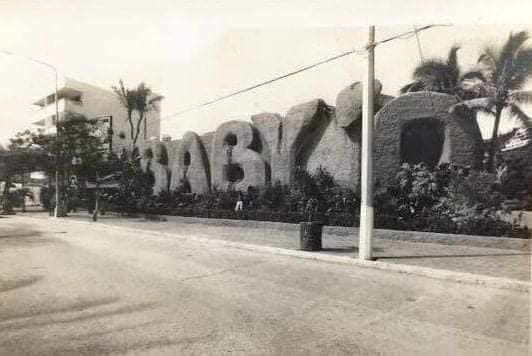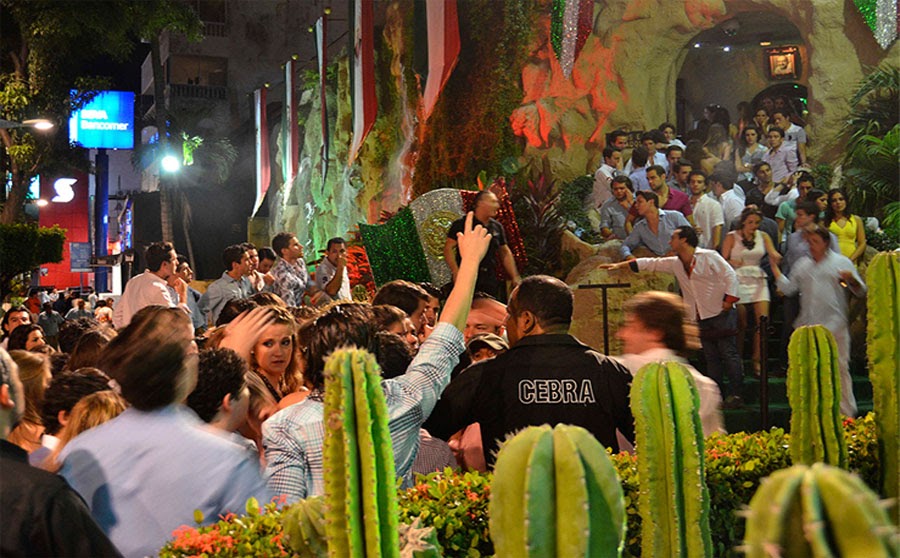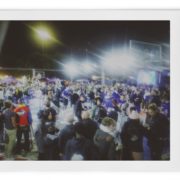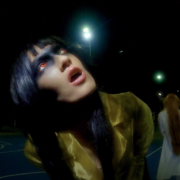Que Paso Baby’O? [@babyoacapulco]
![Que Paso Baby’O? [@babyoacapulco]](https://guap.co.uk/wp-content/uploads/2021/10/baby_o_incendio.v1-180x180.jpg)
Words By: Andrea Susarrey
Acapulco’s historical discoteque Baby’O is seeing harder days as the eras have shifted.

The Flintstones-esque architecture with massive letters protruding from the sides of the massive “cave”, screaming BABY’O, is a clear and loud monument of what once was. On what was once Acapulco’s most popular high street, the massive faux-cave used to be a symbol. A symbol of ecstasy, debauchery, and elite partying for the variety of people that descended onto Mexico’s beautiful Pacific coast for weekends whether young, old, locals or tourists.

Recognized as Mexico’s Studio 54, the infamous nightclub Baby’O, also referred to as El Baby, was a staple in Acapulco’s nightlife for the past 40 years. First opened in 1976, it only truly made its name after hosting several big concerts there by artists like Donna Summer, Emmanuel, Mijares and more. Soon after, this iconic club became the centre point during Acapulco’s heyday, the ’70s-’80s. Frequented by international celebrities like Michael Jordan, Elizabeth Taylor, Julio Iglesias, Muhammad Ali, Ringo Star, and George Clooney. El Baby has lasted a rarely long lifespan for a club (anywhere). It’s still open, but a lot has changed.
Acapulco was the place to be, where even American and European film stars would travel to and casually “run into each other”. This casual rubbing of shoulders of stars occurred at an extremely high rate at El Baby. It was made for that. Everything about it was constructed to harness the epitome of high end partying. It was one of the first and only clubs on the beach with a strict dress code, there was perpetually a line to enter outside, and even had fine dining waiters eagerly attending the club goers to their every drunken need.
What changed?
Probably the fact that people, especially tourists, didn’t feel safe walking in that part of Acapulco anymore. After a sudden rise of kidnappings and shootouts, it was no longer an option to be flaunting wealth into the late hours of the night. Around the 2010s Mexico’s cartel violence became an unavoidably real presence in the coastal city. Not to say that Mexico was a dove of a country in the 70s, as most Netflix users know – it was a centre point for drug smuggling and other illegal activity, but it was a place where everyone, celebrities and criminals alike went to party.
El Baby continues to be one of the main places to go out when in Acapulco, and it’s fighting to maintain its glamour within a city that has basically been disregarded as a travel destination by most non-Mexicans. But the club’s lack of flexibility with keeping up with the times hasn’t helped much either. Whilst sticking with the “fresa” (Mexican slang describing something coming of high class, or uppity) air, and only playing the same “bangers” from the 80s ,like Luis Miguel, is great – the new generation of club goers are much more accustomed to the sounds of heavy bass and feel a lot less comfortable getting down to tracks like “Don’t Stop Believing”.
That being said, maybe because of its historical value, or maybe because you feel like you’re walking into a secret mirror filled wonder when you first enter, whatever it is- that place has retained some of its magic. El Baby is, and will always be a world renowned nightclub that helped not only Acapulco but Mexico’s international recognition as a go to destination.

Tragically since the initial writing of this, a group of three men broke into Baby’O and set the club ablaze. This is still under investigation by the Mexico CIty state prosecutor and police force who have said “no line of investigation is ruled out” at the moment despite many speculating it being a warning sent by a criminal organisation. You can read more about the incident which was caught on camera here.



